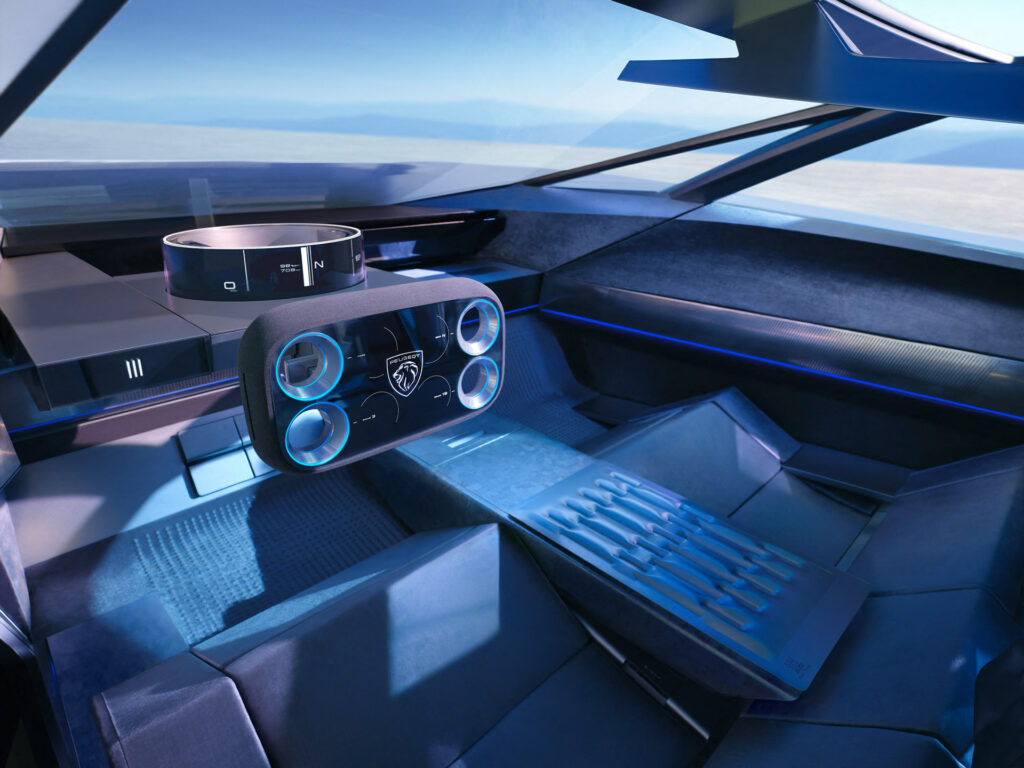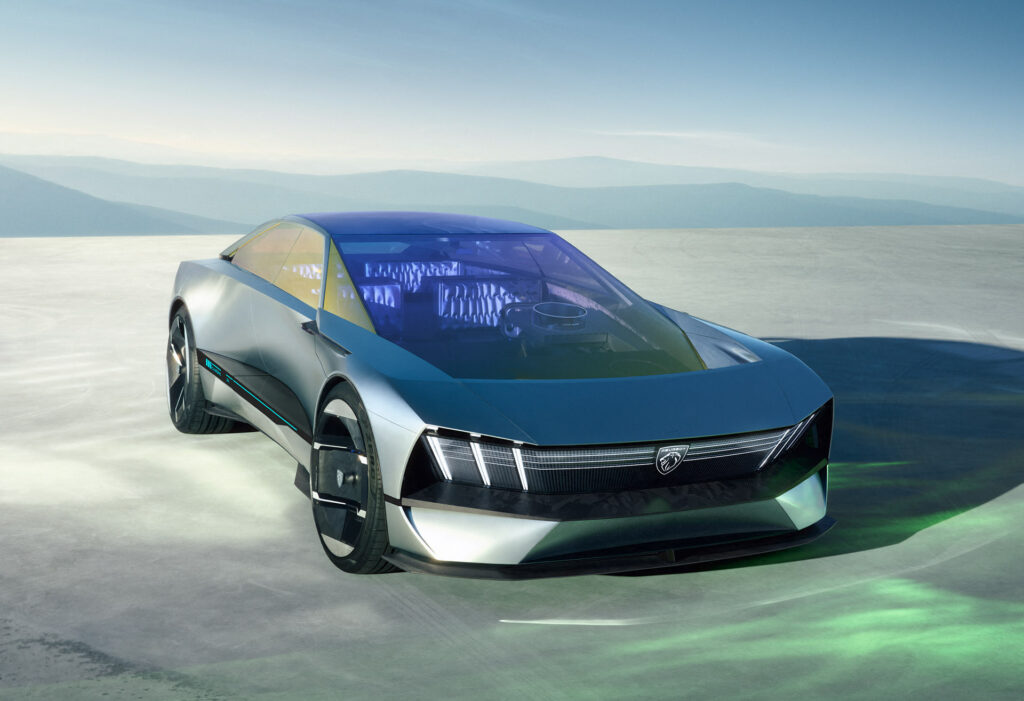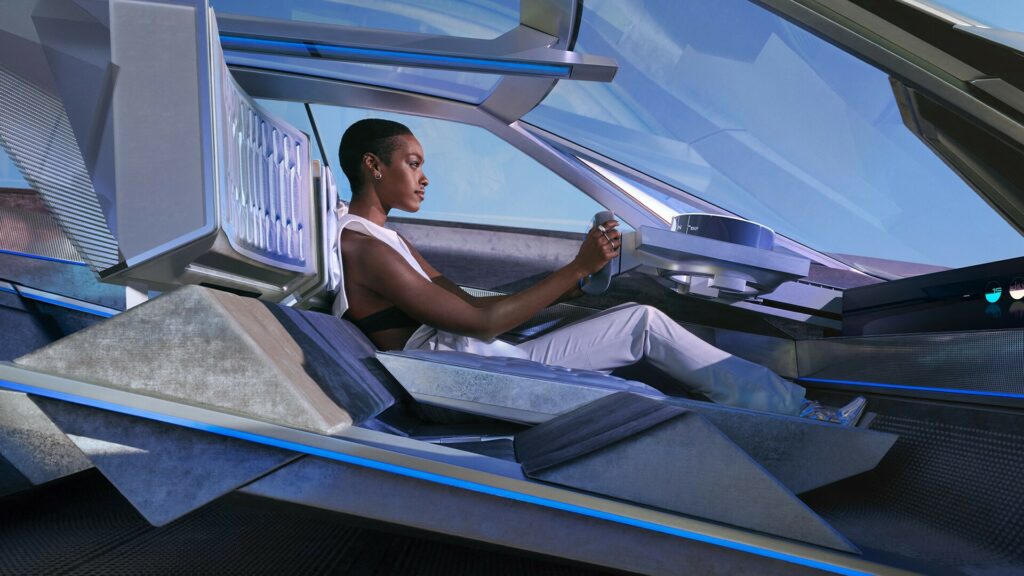During the E-Lion day event, Peugeot made some interesting remarks about its future plans. Among those is the ability to refurbish and recycle key parts of EVs in order to support longer lifecycles.
According to Peugeot, the lifetime of a fully electric vehicle will be extended to 20-25 years, which is significantly longer than the approximately 15 years of an ICE-powered vehicle today. In order to adjust to this new reality, designers thought of new ways of upgrading EVs throughout their lifecycle.
Peugeot imagines a future where key vehicle components including the interior could be refreshed, similar to what we saw in the Inception concept. The company suggests that an EV could be refurbished each time it is sold in the used car market, making it more appealing to buyers, with their experience being similar to that of a brand-new model. Indeed, re-upholstered seats, a new steering wheel, and a fresh interior trim would make any vehicle’s cabin look and feel much younger than it is, with a design better suited to the current trends. Additionally, the extensive use of recycled parts would further improve the environmental credentials of the car.
Read: Hypersquare Steering On Road Cars By 2026, Peugeot CEO Says

The refurbished interior will be combined with regular over-the-air upgrades for the infotainment system, ambient lighting, and other software-driven components, keeping them up to date with the latest tech advancements in terms of connectivity, entertainment, safety etc. Peugeot explained that this process will be similar to the annual iOS update on the Apple iPhone which is also valid for older versions of the smartphone.
Mathias Hossann, Design Director at Peugeot said: “Imagine no more second-hand cars. Instead, a fresh and personalized car you can update or upgrade anytime, depending on your needs. An always up-to-date product that keeps its value throughout its lifetime”.
Peugeot’s approach is similar to that of other automakers, with the entire industry being more prone to upgrades rather than redesigning a product from scratch. Nowadays, technology is evolving so rapidly, that the typical 4-5 year facelift intervals and 8-10 year generation lifecycle feel too long for not refreshing the vehicle in between. Over-the-air software upgrades made it easier for automakers to add and improve features on existing models. Logically, the next step will be to make hardware upgradeable too, further expanding the possibilities.





